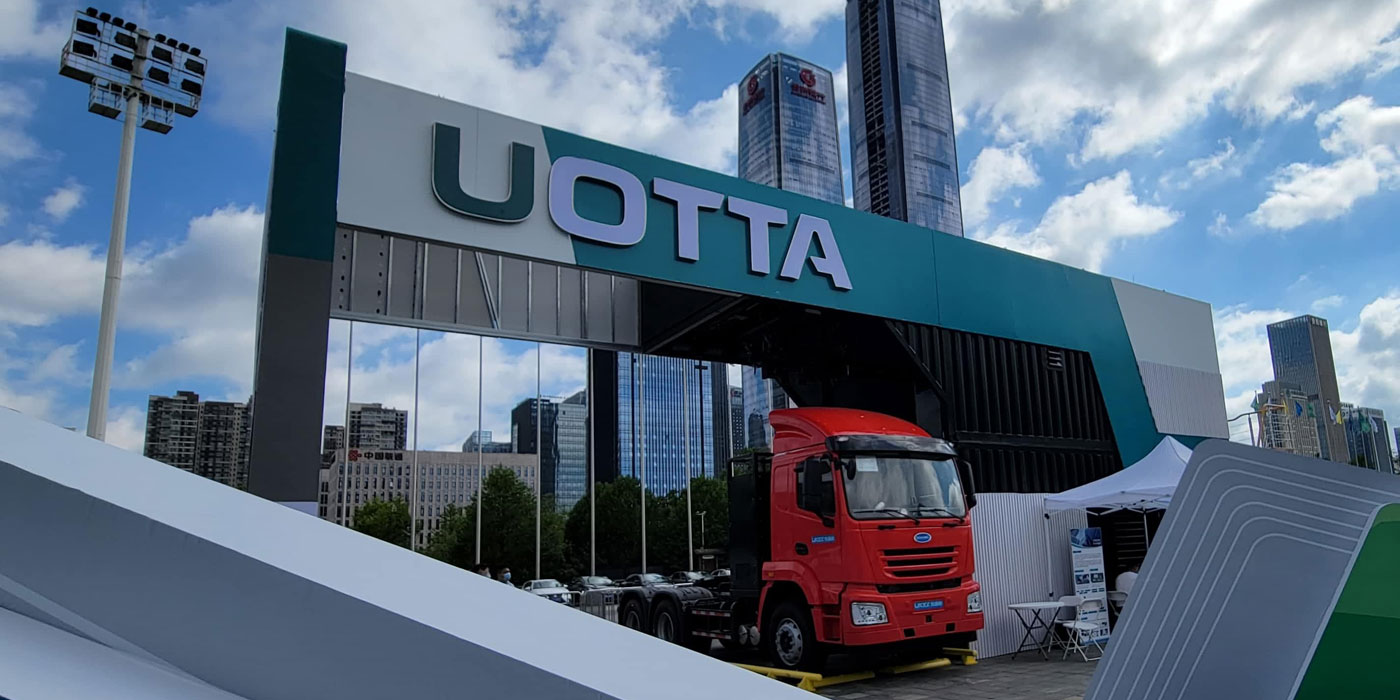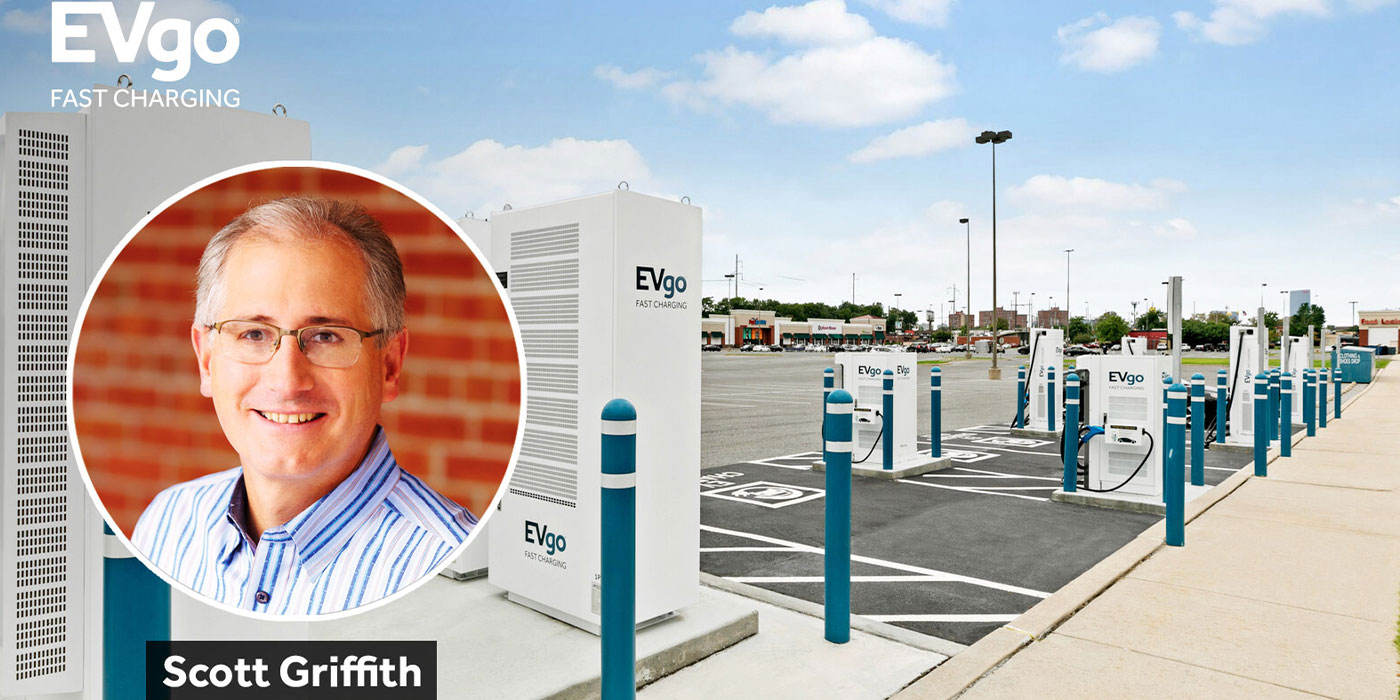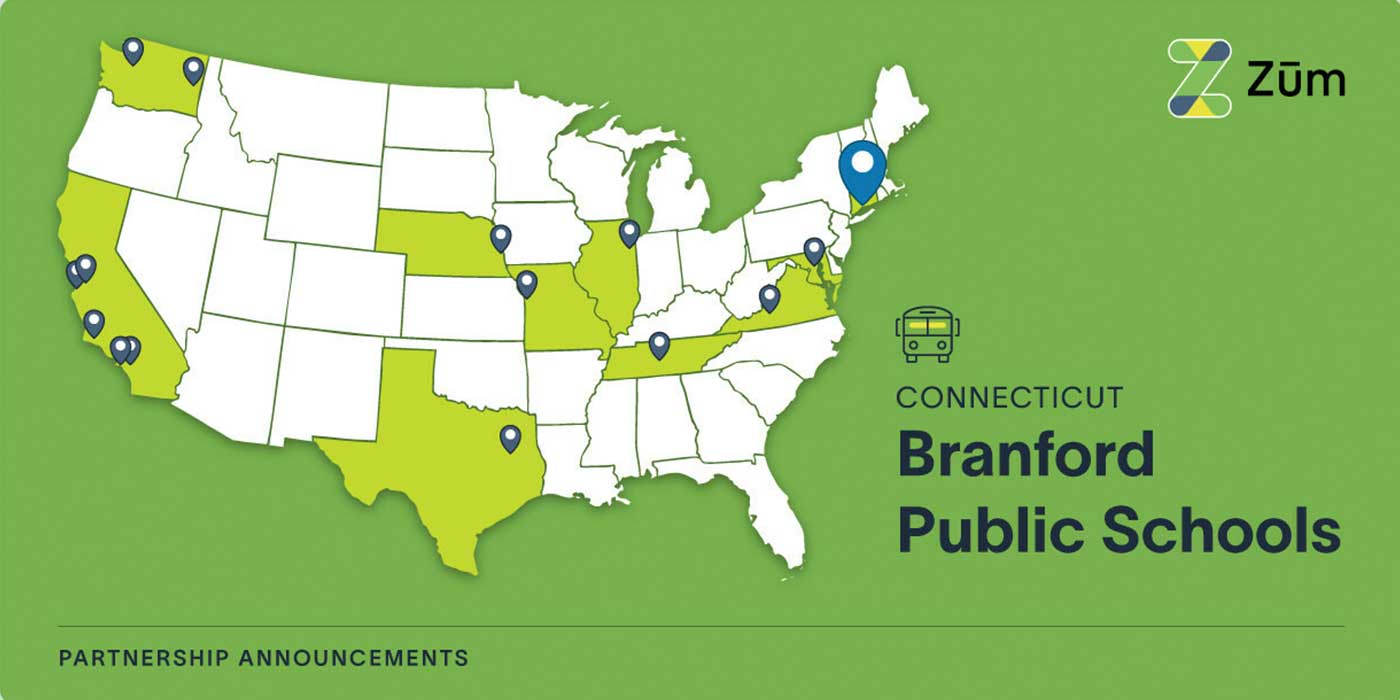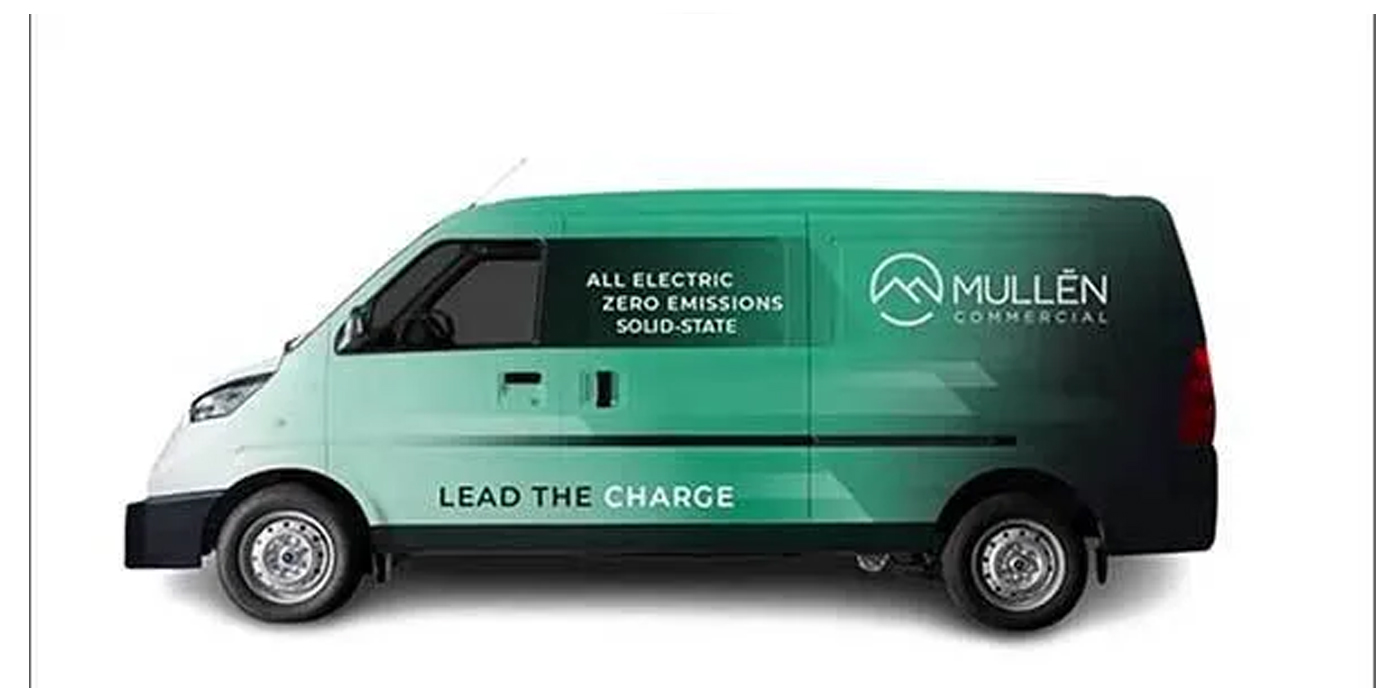Mullen Automotive, Inc., emerging electric vehicle (“EV”) manufacturer, announced certification from the California Air Resources Board (“CARB”) on the 2025 Mullen THREE, Class 3 all-electric low cab forward chassis truck. The certification is awarded to vehicle manufacturers who meet specific emissions standards in compliance with CARB regulations. The District of Columbia and 14 states, including California, have adopted vehicle standards under Section 177 of the Clean Air Act (42 U.S.C. §7507), which requires additional approvals beyond EPA regulations.
The Company previously received 2024 Model Year CARB certification for the Mullen THREE in January 2024.
CARB certification opens the Mullen THREE to critical state EV incentive programs, which vary by each eligible CARB-compliant state, the company said. The certification takes on even more significance with CARB’s recent Advanced Clean Fleets (“ACF”) regulation, which will have a requirement that state and local government fleets, including city, county, special district, and state agency fleets, ensure 50% of vehicle purchases are zero-emission beginning in 2024 and 100% of vehicle purchases are zero-emission by 2027. Fleets that fall under high priority may also elect to utilize ZEV milestones as an option to meet overall ZEV targets.
CARB-compliant states and locations include: California, Connecticut, Colorado, Delaware, Maine, Maryland, Massachusetts, New Jersey, New Mexico, New York, Oregon, Pennsylvania, Rhode Island, Vermont and the District of Columbia.
“Our vehicles are CARB approved and ready for delivery with many states and local governments offering very strong incentives to electrify commercial fleets,” said David Michery, CEO and chairman of Mullen Automotive.














